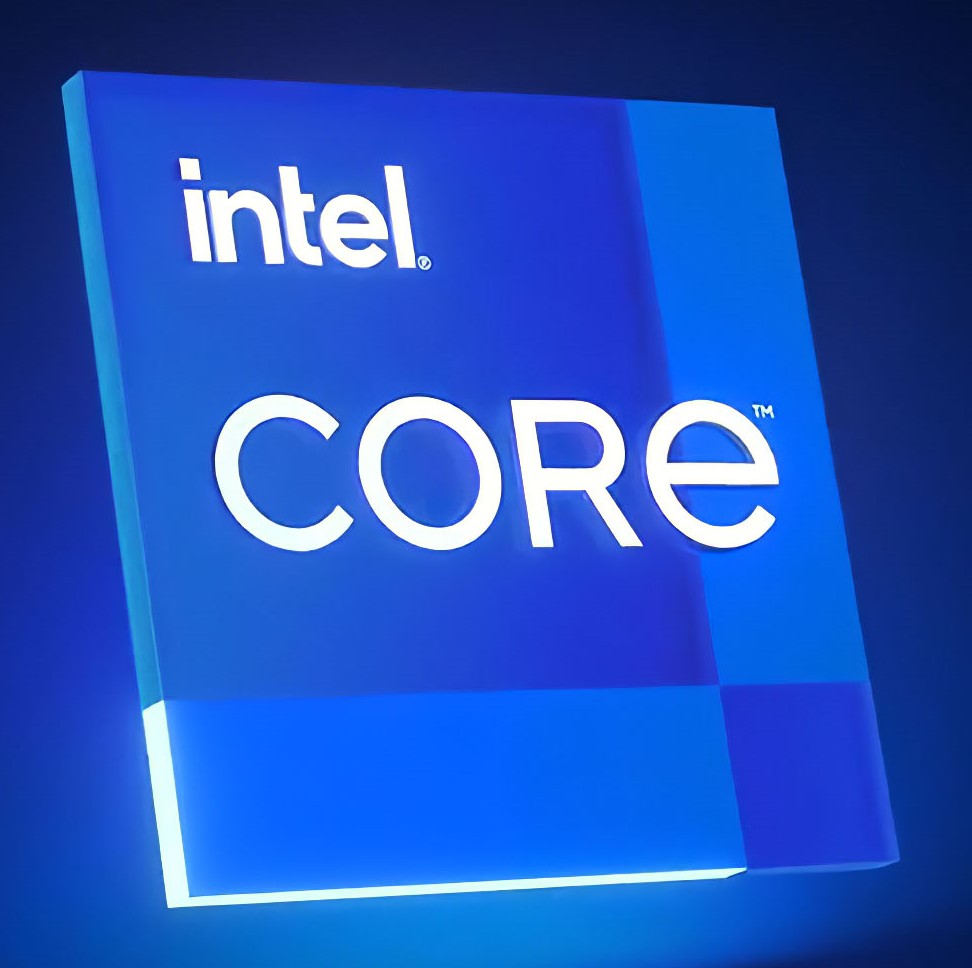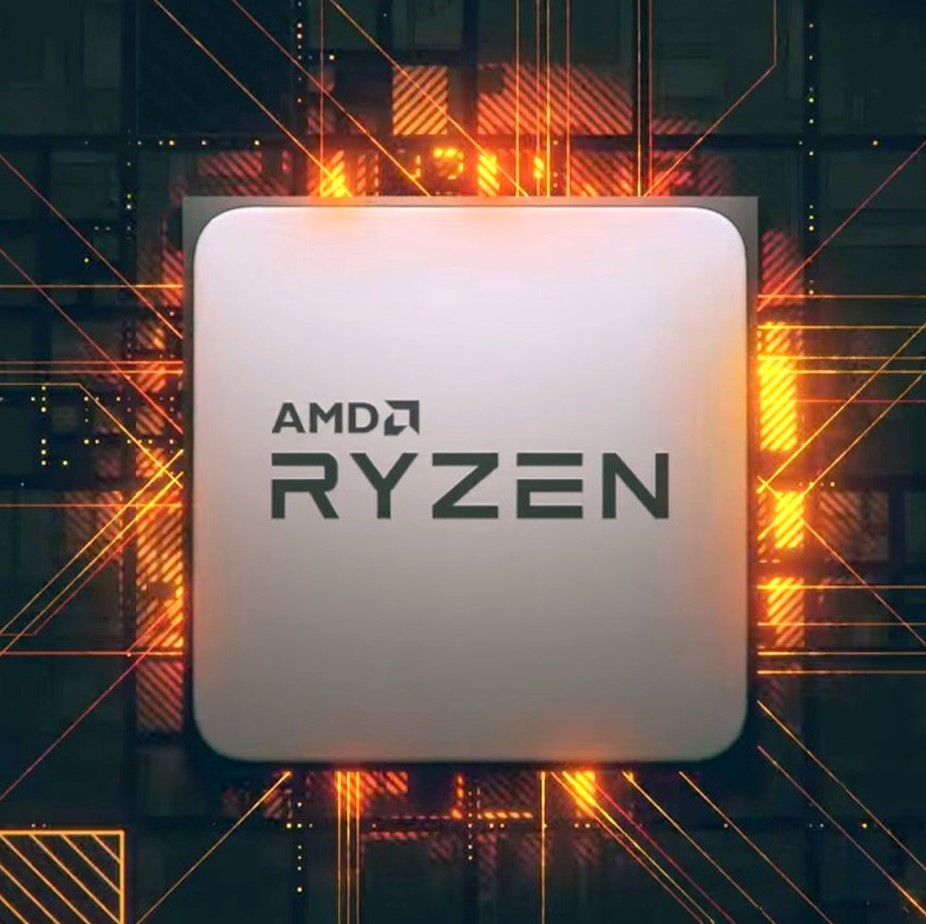Processor Manufacturing
Intel and AMD are two major players in the computer processor market. While they both design and manufacture processors, there are some key differences between them.Intel processors are known fortheirstrong single-threaded performance, making them ideal for tasks that require high-speed processing, such as gaming and single-threaded applications. They offer a wide range of product options and have greater availability and market share.
On the other hand,AMD processors are known fortheircompetitive multi-threaded performance, which makes them suitable for tasks that require efficient multitasking and parallel processing, such as video editing and content creation.AMD processors also tend to havealower cost for high-performanceCPUs compared to Intel, making them a popular choice for budget-conscious consumers. Additionally, AMD processors are generally more power-efficient than Intel processors.
When considering which processor to choose, it's important to consider your specific needs and use cases. Intel and AMD processors are widely used in various computing devices, including desktops, laptops, and servers, offering different strengths and capabilities.Apple Silicon, on the other hand,is currently exclusive to Apple devicesand provides a tailored experience for macOS and iOS users.
Intel

AMD

Pros of Inteladd
- Strong single-threaded performance
- Wide range of product options
- Greater availability and market share
Cons of Intelremove
- Higher cost for high-performance CPUs
- Less power-efficient compared to AMD
- Slower pace of innovation
Pros of AMDadd
- Competitive multi-threaded performance
- Lower cost for high-performance CPUs
- Better power efficiency
Cons of AMDremove
- Smaller market share compared to Intel
- May have compatibility issues with some software
- Less availability of certain product lines